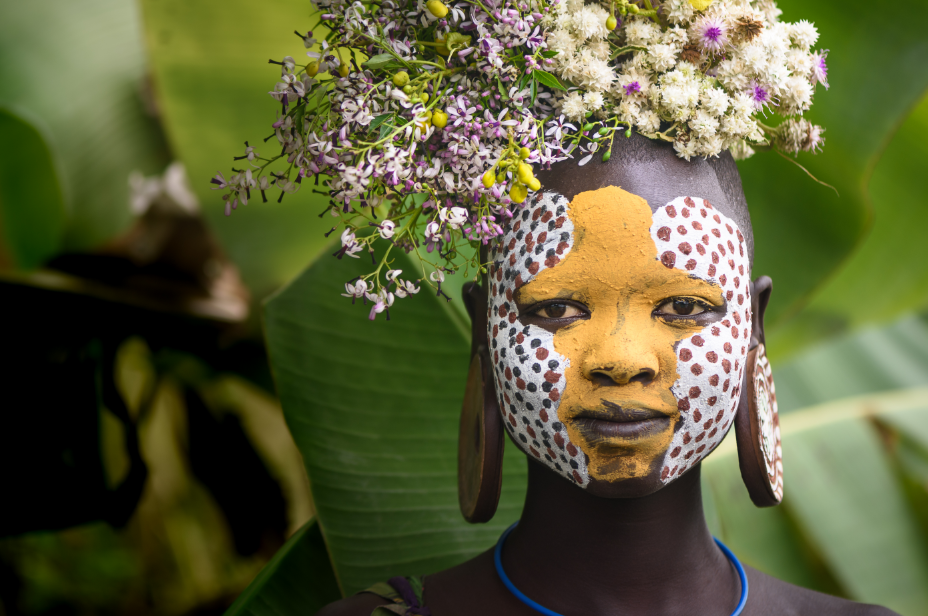Destination: THE SOUTHERN OMO PEOPLES
Cultural adventure at its best
The Lower Omo Valley in Southern Ethiopia is internationally renowned for its outlandish cultural blend and ecological landscape. The area is a melting pot of untouched cultures and communities representing some of the greatest genomicdiversity on the continent. A UNESCO World Heritage Site, the Lower Omo Valley,encompassesOmo and Mago National Parks. It is home to approximately 200,000 agro-pastoralists of Africa’s genetically and linguistically most diverse traditional ethnic groups, including theHamar, Mursi, Benna, Tsemay, NyangatomKwegu,Suri, Ari, Karo, and Dassenach among others. Omo is an absolute fiesta for cultureinquisitive travelers. Each and every tribe has its own idiosyncrasy and vibrancy-the heavy lip plates of the Mursi women, the mask-like face paint of the Surma and Kara boys, the ochre-and-butter rolled hairstyles of the Hamar tribeswomen. Each with its own unique language, clothing, hairstyles and bodily ornamentation. While livelihoods differ along the length of the Omo Valley and between ethnic groups, the majority are agro-pastoralists who practice flood-retreat agriculture on the banks of the Omo River. For almost all of these ethnic groups, cattle are everything-a source of pride and status, wealth, and food, and are intimately tied to cultural identity. Their herds are the center of their life. Visiting this off the beaten track community is a rare privilege and a life time experience. Let us make a brief tour to some of the astounding tribes’ world.
From Free


